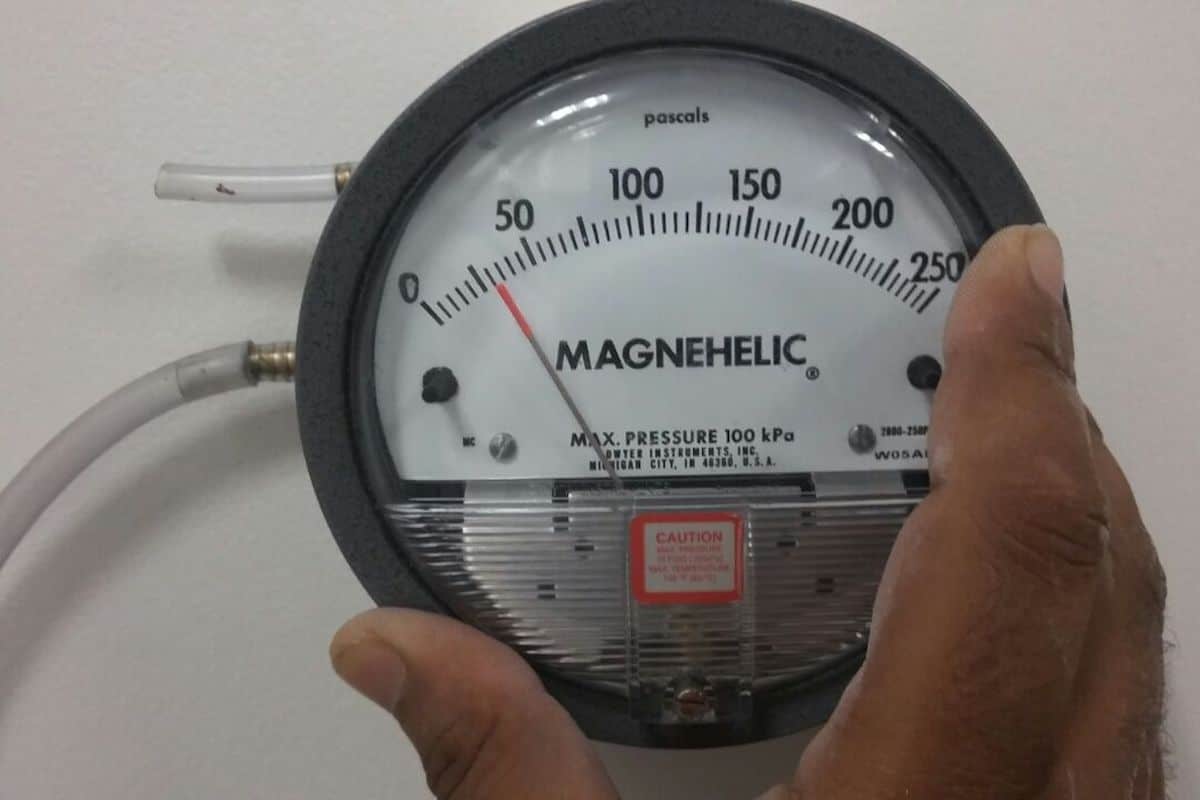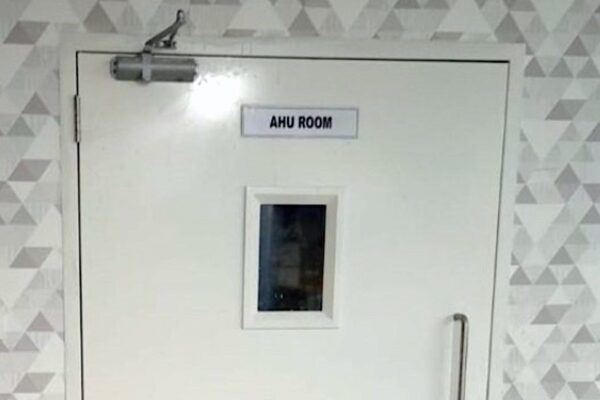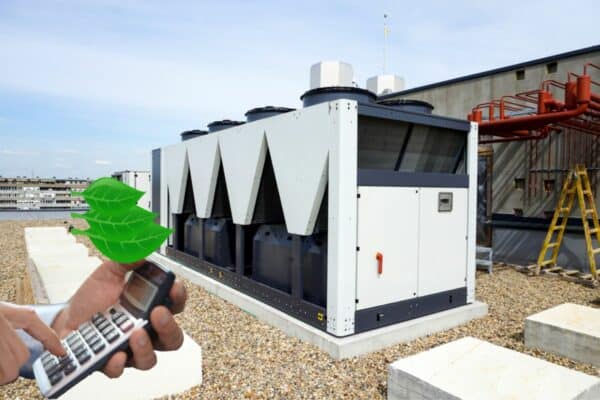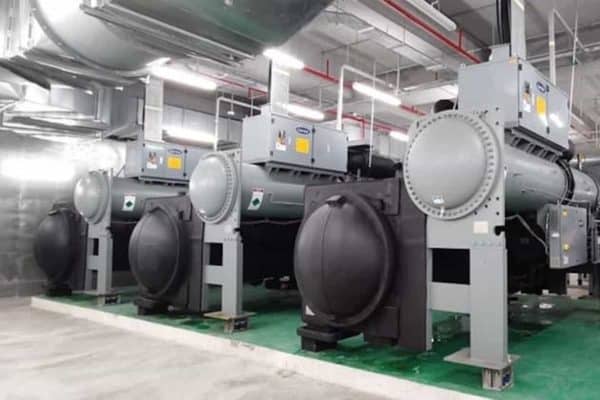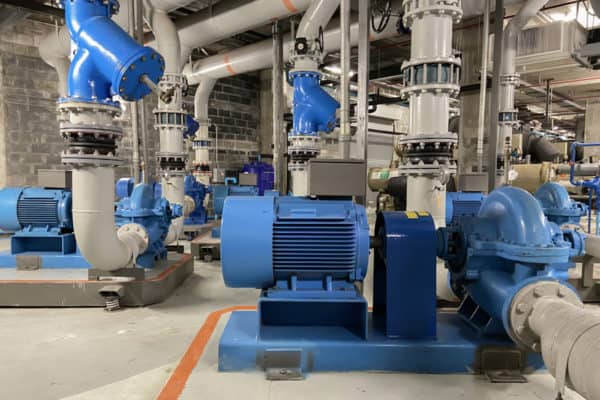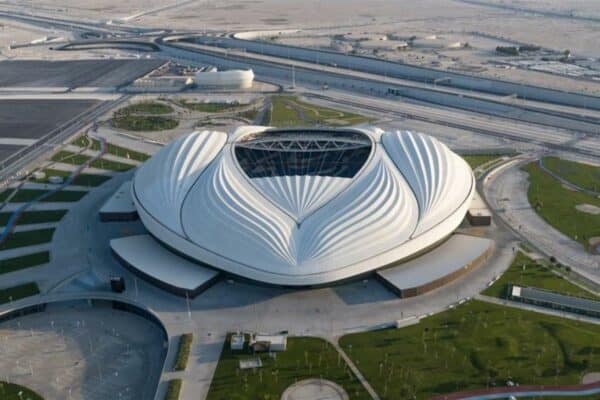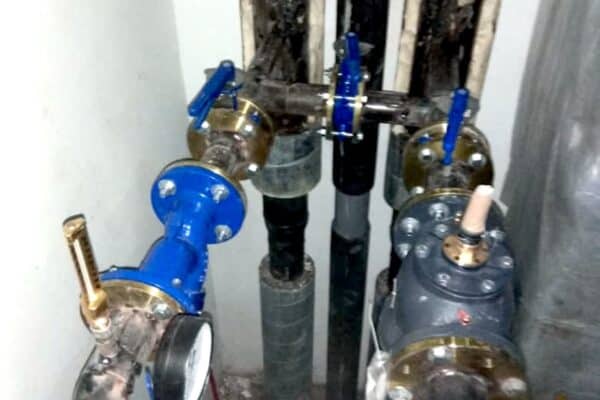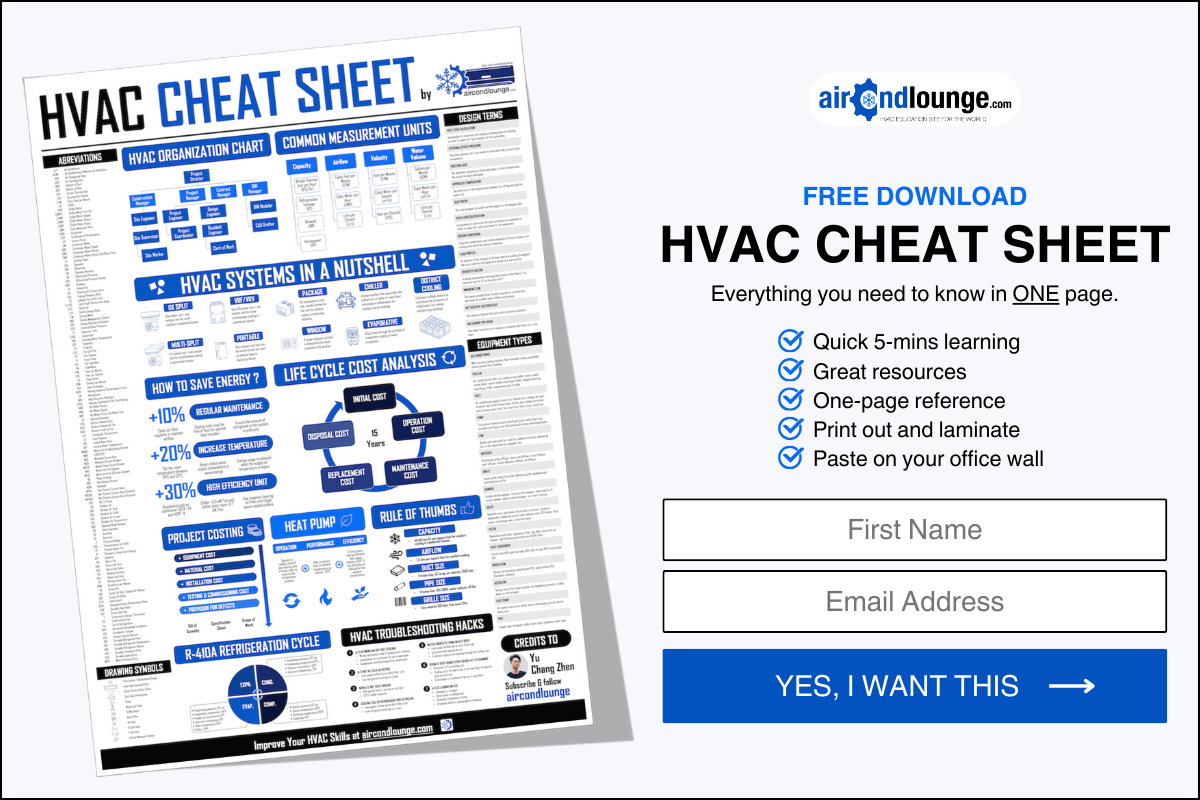What are Differential Pressure Sensors in HVAC?
Differential pressure sensors are common devices in HVAC. They are often essential in many different types of HVAC systems. So, what exactly are differential pressure sensors?
In HVAC, differential pressure sensors are used to measure the pressure difference between two separate compartments. The most common place where a differential pressure sensor can be found is in the staircase pressurization system.
The working principle of differential pressure sensors may be simple. However, understanding how differential pressure sensors are applied can provide more insights.
How Differential Pressure Sensors Work in HVAC?
In HVAC, not all pressure sensing devices are called differential pressure sensors. Most of the time, we refer to a pressure measuring device as a sensor when variable speed controls are involved. If only on/off controls are involved, we usually refer it to as a switch.
In other words, differential pressure sensors are used to control variable speed fans or pumps. Meanwhile, differential pressure switches are used to start and stop fans or pumps.
Unlike differential pressure switches, differential pressure sensors provide signals commonly in either 4-20mA or 0-10V. With that, they are able to regulate the speed of fans and pumps.
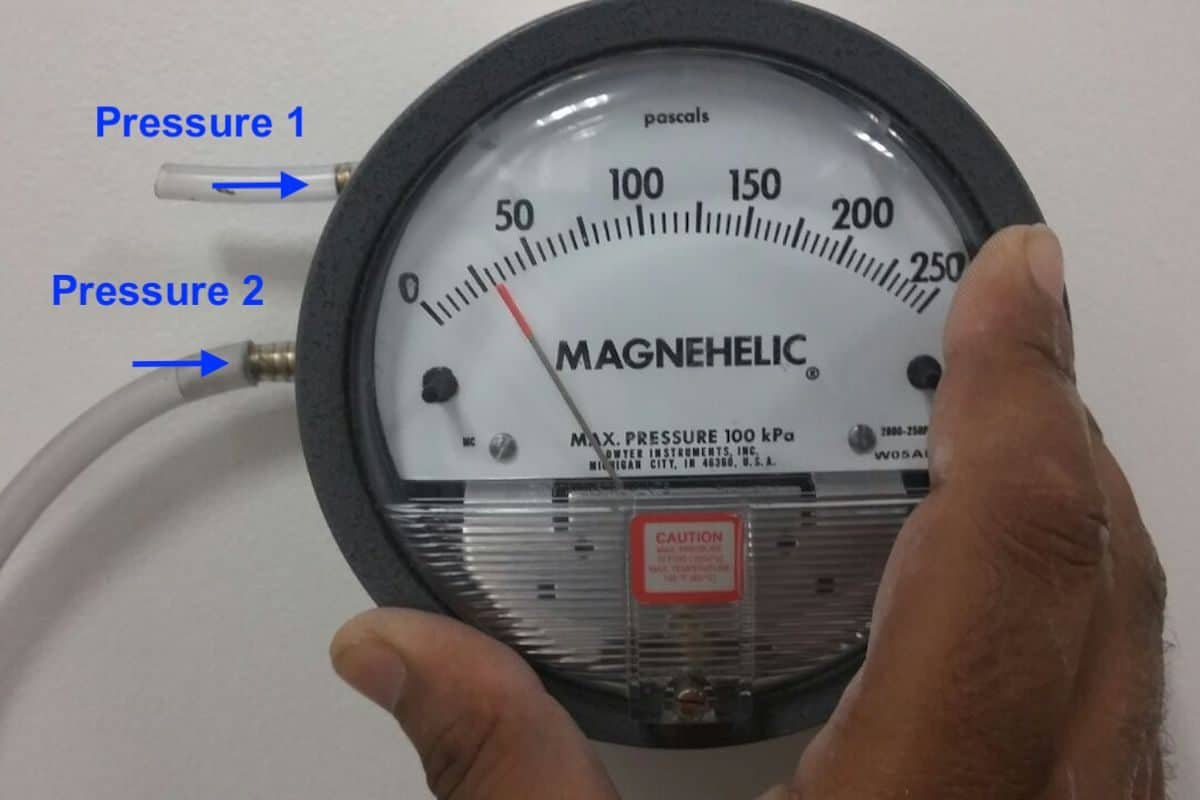
Whether it is used for variable speed controls or start/stop controls, differential pressure sensors generally have a display (analog or digital) with two hoses for two pressure inputs; one pressure input from one compartment. Thus, the device can display a differential pressure reading.
In the meantime, I would like to inform you that you can learn quicker by getting my HVAC Begin (eBook) if you’re a beginner. But, if you have a year or two of experience, then I would suggest you consider my HVAC Basics (eBook). Nonetheless, I encourage you enroll in my HVAC Beginner Course: 10 Days to Become Competent in HVAC if you want to equipped yourself with a complete set of basic HVAC skills.
HVAC Beginner Course
Learn the most basics and foundational HVAC skills including cooling capacity calculation, equipment selection, duct sizing, pipe sizing, exhaust fan sizing, controls, electrical and more.
Applications of Differential Pressure Sensors in HVAC
There are a few HVAC systems that heavily rely on differential pressure sensors to provide signals. Hence, let’s take a look at some common applications of differential pressure sensors in HVAC.
Staircase Pressurization System
HVAC staircase pressurization system perhaps is the most common application of differential pressure sensors. It must maintain a very narrow range of pressure within the staircase for effective fire escape.
In high-rise buildings, the staircase pressurization system is essential. During a fire, large mechanical ventilation fans (known as pressurization fans) activate and pressurize all staircases.
Most of the time, staircases must maintain a pressure of around 50 Pa (relative to the atmospheric pressure) so that doors can be opened by women and elders while preventing smoke from entering the staircases. Hence, differential pressure sensors are needed to provide feedback signals to the pressurization fans for speed controls.
Since pressure is greater on floors near the pressurization fans, it is common to place a differential pressure sensor at about 1/3 of the height of the staircase. For instance, if the staircase has 30 floors, a differential pressure sensor should be installed at level 10.
One hose of the differential pressure sensor must be taking pressure input within the staircase while the other hose must be exposed to the atmospheric pressure. Usually, we take the pressure input from the corridor because the corridor is naturally ventilated.
The goal is to maintain a pressure of around 50 Pa. If the differential pressure sensor detects a pressure greater than 50 Pa, it’ll command the pressurization fan to reduce speed. Otherwise, if the pressure drops below 50 Pa, the sensor will command the fan to increase speed.
However, the pressurization system in older buildings may not be equipped with variable speed drives. Hence, it uses a differential pressure switch instead of a differential pressure sensor.
Similarly, the goal is to maintain a pressure of around 50 Pa inside the staircase. But this time, the differential pressure switch sends a signal to open or close a pressure relief damper instead.
Chilled Water System
A differential pressure sensor is also used in the HVAC chilled water system. Most of the time, it is installed at the farthest or the last air conditioning unit (FCU or AHU).
The purpose of the differential pressure sensor in the HVAC chilled water system is to regulate the speed of secondary chilled water pumps thereby optimizing power consumption and saving costs.
In buildings, the cooling load varies from time to time. Hence, control valves such as PIBCVs are constantly closing and opening, causing the pressure of the chilled water to fluctuate.
When the cooling demand is reducing, PIBCVs are closing as well. Hence, it raises the pressure of the chilled water which, pressure can be detected by the differential pressure sensor. From there, the sensor sends a signal to the secondary chilled water pumps to reduce speed and maintain pressure.
Other Forms of Differential Pressure Sensors in HVAC
- Airflow Measurement – Pitot tubes and flow hoods are a form of differential pressure sensor. They measure the pressure differences to calculate air velocity.
- Filter Service Reminder – Some air conditioners use a differential pressure sensor to detect if their filters are dirty. If the pressure differences is too high, it means that the filter is blocked and thus, a service reminder will be shown.
- Variable Air Volume (VAV) Box – VAV boxes use a differential pressure sensor to measure and control airflow thereby regulating the room temperature.
Lastly, consider my HVAC Begin (eBook) if you’re a beginner and you want to have a foundational knowledge in HVAC. But, if you have a year or two of experience, then I would suggest you consider my HVAC Basics (eBook). Nonetheless, I encourage you enroll in my HVAC Beginner Course: 10 Days to Become Competent in HVAC if you want to equipped yourself with a complete set of basic HVAC skills.
HVAC Beginner Course
Learn the most basics and foundational HVAC skills including cooling capacity calculation, equipment selection, duct sizing, pipe sizing, exhaust fan sizing, controls, electrical and more.
If you have anything to add (or ask) about this topic, leave a comment down below!


